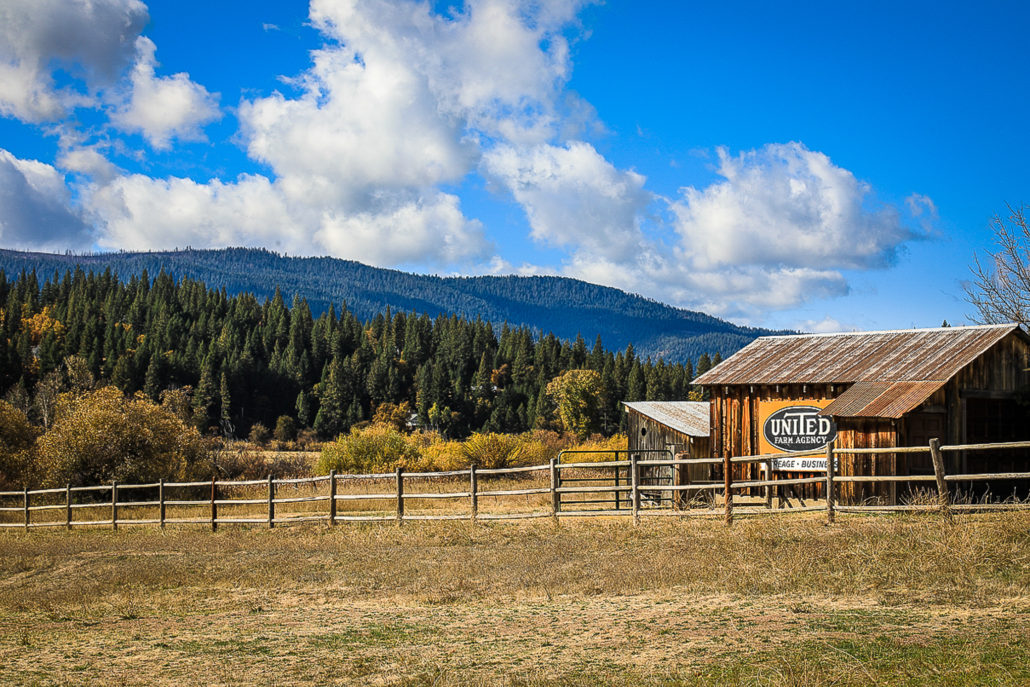Shhhh! American Valley

I doubt too many Californians know much about the American Valley. It isn’t even listed in Wikipedia.

American Valley, Plumas County (10/17/19) Michael Beatley 
American Valley, Plumas County (10/17/19) Michael Beatley 
American Valley, Plumas County (10/17/19) Michael Beatley 
American Valley, Plumas County (10/17/19) Michael Beatley 
American Valley, Plumas County (10/17/19) Michael Beatley 
American Valley, Plumas County (10/17/19) Michael Beatley 
American Valley, Plumas County (10/17/19) Michael Beatley
It’s a grassy valley full of cattle and horse ranches in Plumas County. Nestled along its southern hills is Quincy, the county seat. Placed throughout the valley are county buildings and an airport. Enveloping it all is Plumas National Forest, but not much else … other than beauty.
Michael Beatley lives in neighboring Meadow Valley to the west, though got up early yesterday to photograph American Valley after a rain cleared the air and clouds drifted slowly across a blue sky.
Black oak have begun to brighten, their yellow and orange crests speckling surrounding hills of dark green fir and pine.
This is gold rush territory with names that reflect the 1850s when Quincy was founded by gold seekers. The Valley is intersected by Greenhorn Creek which joins Spanish Creek to the northwest.
Those streams teem with rainbow and brook trout, some weighing more than five pounds, though it’s hard to fish these waters now for all the fall color that is so distracting.

Perhaps it’s better that Wikipedia doesn’t include a writeup on the American Valley. We should keep this secret to ourselves.
- American Valley (3,342′) – Peak (75-100%) GO NOW!



































































